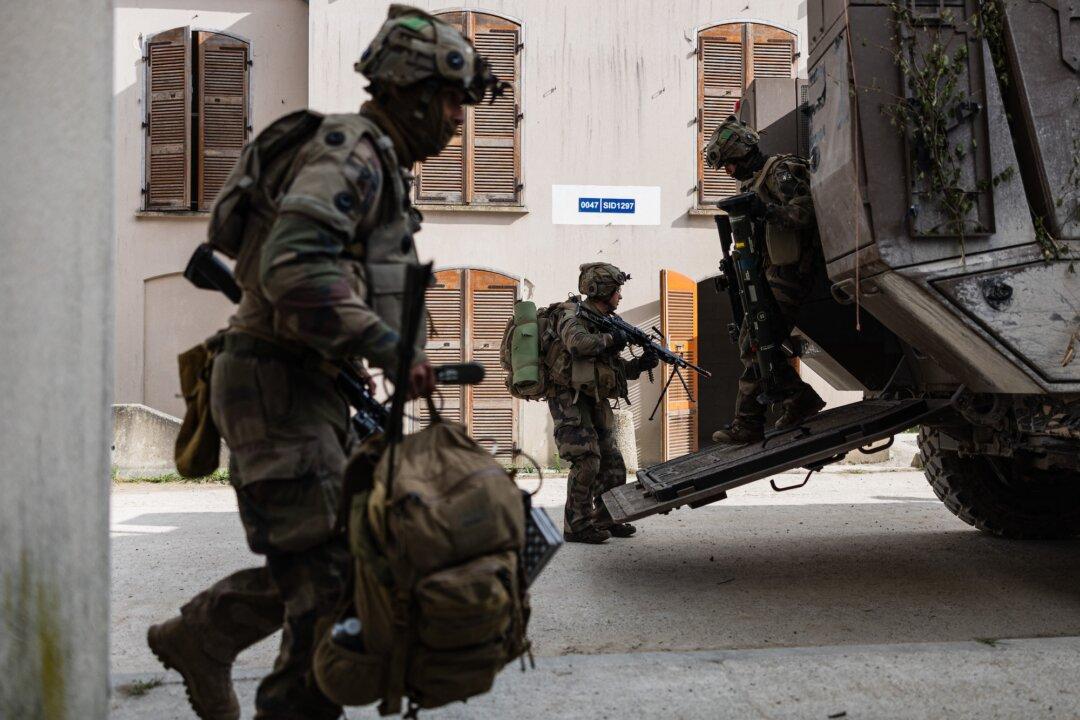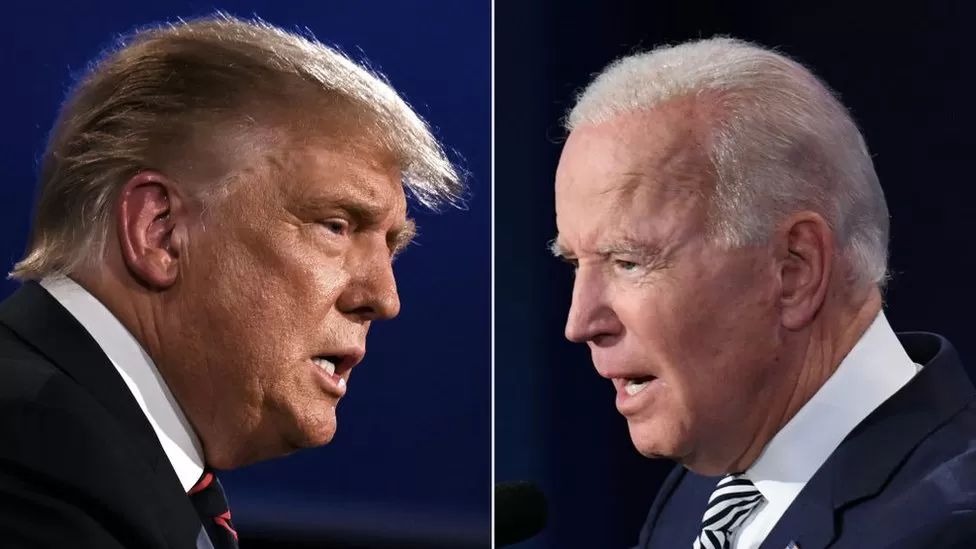
The European Union has formally adopted a landmark $170 billion defense financing program aimed at rearming the continent, bolstering its defense industry, and reducing reliance on the United States as the war in Ukraine rages on and questions swirl about America’s future engagement in Europe’s security amid increasing risks in the Pacific posed by communist China.
The new instrument, known as the Security Action for Europe (SAFE), was finalized under Poland’s rotating presidency of the Council of the EU and announced on May 27. The initiative marks the EU’s largest-ever joint military investment, allowing the bloc’s member states to access competitively priced, long-term loans to fund defense procurements in key areas like artillery, drones, cyber defense, and missile systems—including ones with deep precision strike capability.
“This is an unprecedented instrument which will boost our defence capabilities and support our defence industry,” Adam Szlapka, Polish minister for the EU, said in a statement. “The more we invest in our security and defence, the better we deter those who wish us harm.”
The new initiative—which will enter into force on May 29—will also allow the EU to strengthen its military support for Ukraine by including the country in the program from the start. This means Ukraine’s defense industry can take part in joint purchases with EU countries and other partners, helping Kyiv get much-needed weapons and build closer ties with Europe’s defense sector as it continues to counter Russian aggression.
In addition to Ukraine, SAFE allows for participation from countries with existing security agreements with the EU, such as the United Kingdom. However, full participation in the program by these third countries will require additional agreements with conditions like capping non-EU content in defense contracts.
SAFE is the first part of the EU’s larger ReArm Europe plan, which aims to unlock over $840 billion in defense spending by using EU loans, easing national budget rules, and attracting private investment.
“We are in an era of rearmament, and Europe is ready to massively increase its defense spending, both to respond to the short-term urgency to act and to support Ukraine, but also to invest in the long term, to take on more responsibility for our own European security,” Ursula von der Leyen, president of the European Commission, said in March when announcing the plan, adding that the time has come for Europe to “step up.”
Trump, who has positioned himself as a mediator in the conflict, criticized the escalation, calling Putin’s actions unacceptable and suggesting he’s considering new sanctions against Moscow, and later warning that the Russian leader is “playing with fire.” In a post on Truth Social on May 27, Trump said that if not for his leadership, “lots of really bad things would have already happened to Russia.”
Some U.S. lawmakers—including Sen. Chuck Grassley (R-Iowa)—have urged Trump to impose new sanctions on Russia in response to continued civilian casualties in Ukraine. Ukrainian President Volodymyr Zelenskyy has also called for additional penalties.
“Without truly strong pressure on the Russian leadership, this brutality cannot be stopped,” Zelenskyy said in a recent post on social media.
Russia maintains it’s open to a cease-fire and diplomatic settlement to the long-running conflict but insists that the “root causes” of the war must be addressed, which Ukraine sees as code for capitulation.
Together with recent bilateral treaties—such as the new Franco-Polish defense pact—and institutional reforms like the planned Franco-German security council, SAFE highlights Europe’s growing push to build a stronger, more independent defense system.


Since returning to the White House in January, President Donald Trump has pushed Europe to boost its defense spending and take more responsibility for its own security after decades of depending on U.S. protection.
The urgency behind SAFE also reflects growing alarm over Russia’s latest actions. Over the weekend, Moscow launched what Ukrainian officials described as the largest air assault since the war began, firing hundreds of drones and missiles at non-military targets across Ukraine. The attack came just hours before a new prisoner swap and amid efforts by the Trump administration to broker a cease-fire.


